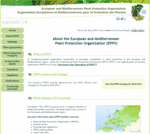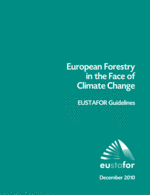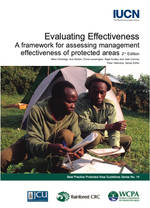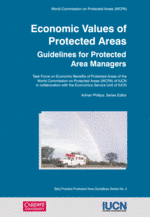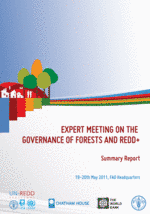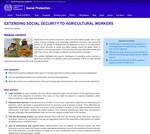Tools
A tool is a resource that supports and guides the implementation of SFM. This section includes all the tools available in the SFM Toolbox, which can be in form of publications, e-learning videos, software etc.
You can browse the Tools through keywords in the free search box or you can narrow the search using the filters on the right side of the page.
This training manual shares hands-on experiences from field programs and presents the essential practical and theoretical steps, methods and tools to estimate the opportunity costs of REDD+ at the national level. REDD stands for Reducing Emissions from Deforestation and forest Degradation. REDD+ additionally includes conservation, sustainable management of forests and...
EPPO is an intergovernmental organization responsible for European cooperation in plant protection in the European and Mediterranean region. Under the International Plant Protection Convention (IPPC), EPPO is the regional plant protection organization (RPPO) for Europe. Its objectives are to: develop an international strategy against the introduction and spread of pests...
The aim of this paper is to provide guidance to EUSTAFOR members on how forests can be managed to provide maximum benefits in terms of climate-change mitigation and adaptation. The guidelines, which come within the framework of the Pan European Operational level Guidelines for SFM, form a common framework of...
This Best Practice Guideline is not intended as a "how to" manual but rather to explain the steps in designing and conducting an assessment. It does so through the phases of first, defining assessment objectives, scope and resourcing; second, choosing and developing a methodology, including establishing an assessment team and...
Evaluating effectiveness - A framework for assessing management of protected areas (2nd edition)
2006
2006
Management effectiveness evaluation is defined as the assessment of how well protected areas are being managed – primarily the extent to which management is protecting values and achieving goals and objectives. The term management effectiveness reflects three main ‘themes’ in protected area management: design issues relating to both individual sites...
The Exotic Forest Pest Information System (ExFor) is a joint project of the member organizations of the Insect and Disease Study Group of the North American Forest Commission (NAFC). These organizations include the Canadian Forest Service, the Canadian Food Inspection Agency, SEMARNAT (Sanidad Forestal, Mexico), the United States Department...
The UN-REDD Programme, Chatham House, FAO and the World Bank organised the Expert Meeting on Governance of Forests and REDD+ on 19-20th May 2011, at FAO Headquarters, Rome, Italy. The meeting aimed to encourage coordinated information provision and assessment of REDD+ and forest governance. It marked the joint delivery of...
Nearly half of the world’s population, more than three billion people, live in rural areas. In many countries, rural areas play a significant economic role. Around 28 percent of the people in employment are estimated to work in the agricultural sector, which amounts to nearly one billion people around the...
Extending social protection to rural populations - Perspectives for a common FAO and ILO approach
2021
2021
Despite the importance of social protection, today more than 70 percent of the world’s population still has no or limited access to comprehensive social protection. Coverage in rural areas, where about 80 percent of the world’s poor live, is even lower. Achieving an effective extension of the coverage of social...
This toolkit provides practical guidance and support to develop and implement national biosecurity frameworks at the country level. It presents the benefits of a harmonized and integrated approach to biosecurity and illustrates the experiences of countries, including Belize, Norway and New Zealand, which have adopted such an approach in recent...


